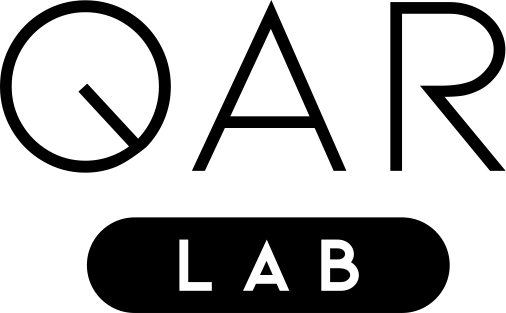Exploring Entanglement-intensity in Variational Quantum Eigensolver Algorithms for Combinatorial Optimization
Exploring Entanglement-intensity in Variational Quantum Eigensolver Algorithms for Combinatorial Optimization
Abstract:
Variational Quantum Algorithms (VQAs), including the Quantum Approximate Optimization Algorithm (QAOA), the Variational Quantum Eigensolver (VQE), and Quantum Neural Networks (QNNs), have emerged as promising approaches in the noisy intermediate-scale quantum (NISQ) era. These hybrid quantum-classical algorithms aim to solve optimization and simulation problems under the constraints of limited qubit connectivity, gate errors, and decoherence. A central feature of quantum computing, and a distinguishing factor from classical methods, is entanglement—the quantum correlation between qubits that enables certain computational advantages. While entanglement is widely considered essential for the success of VQAs, recent studies have challenged the assumption that more entanglement always improves algorithmic performance. Instead, excessive entanglement can introduce barren plateaus, increase optimization difficulty, and degrade convergence.
This work investigates the role of entanglement in the performance of the VQE, a leading algorithm for approximating ground-state energies of quantum Hamiltonians. Specifically, it explores whether limiting entanglement through structured reductions improves trainability and solution quality. To systematically analyze this relationship, two entanglement manipulation strategies are employed: (1) Dropout-based entanglement sparsification, where entangling gates are randomly removed based on a given probability, and (2) Parameterized entanglement tuning, where the strength of controlled entangling operations is constrained by a variable rotation parameter. The impact of these strategies is evaluated across three circuit ansätze by evaluating convergence behaviour as well as measuring three key-metrics: entangling capability, expressibility and approximation ratio. The results reveal that reducing entanglement via dropout improves optimization dynamics by potentially mitigating barren plateaus and increasing gradient variance, leading to faster convergence and lower final energies without compromising solution quality. However, the varying responses across different ansätze suggest that entanglement reduction should be tailored to circuit topology and problem structure rather than applied uniformly. In contrast, parameterized entanglement tuning shows a weaker influence on both trainability and final solution quality, particularly in deeper circuits where cumulative entanglement compensates for local gate-level adjustments. Notably, the study finds that convergence behavior serves as a more reliable indicator of VQE performance than expressibility or entangling capability alone, emphasizing that entanglement should be actively managed rather than maximized indiscriminately.
Autor/in:
Joel Friedrich
Betreuer:
Tobias Rohe, Philipp Altmann, Thomas Gabor, Claudia Linnhoff-Popien
Studentische Abschlussarbeit | Veröffentlicht April 2025 | Copyright © QAR-Lab
Anfragen zu dieser Arbeit an die Betreuer

